This is a super easy long exposure photography tutorial .
Look at the following photos.

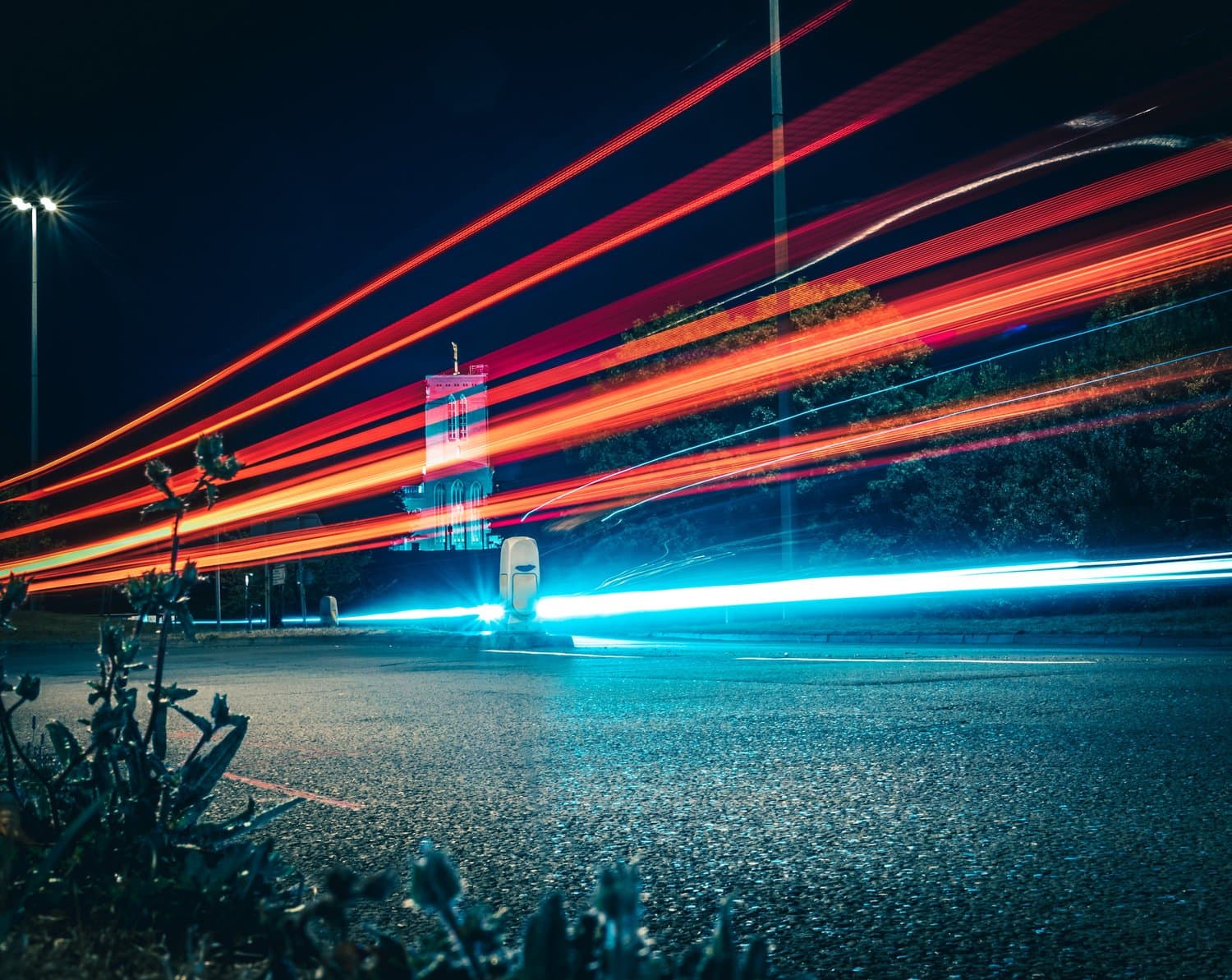
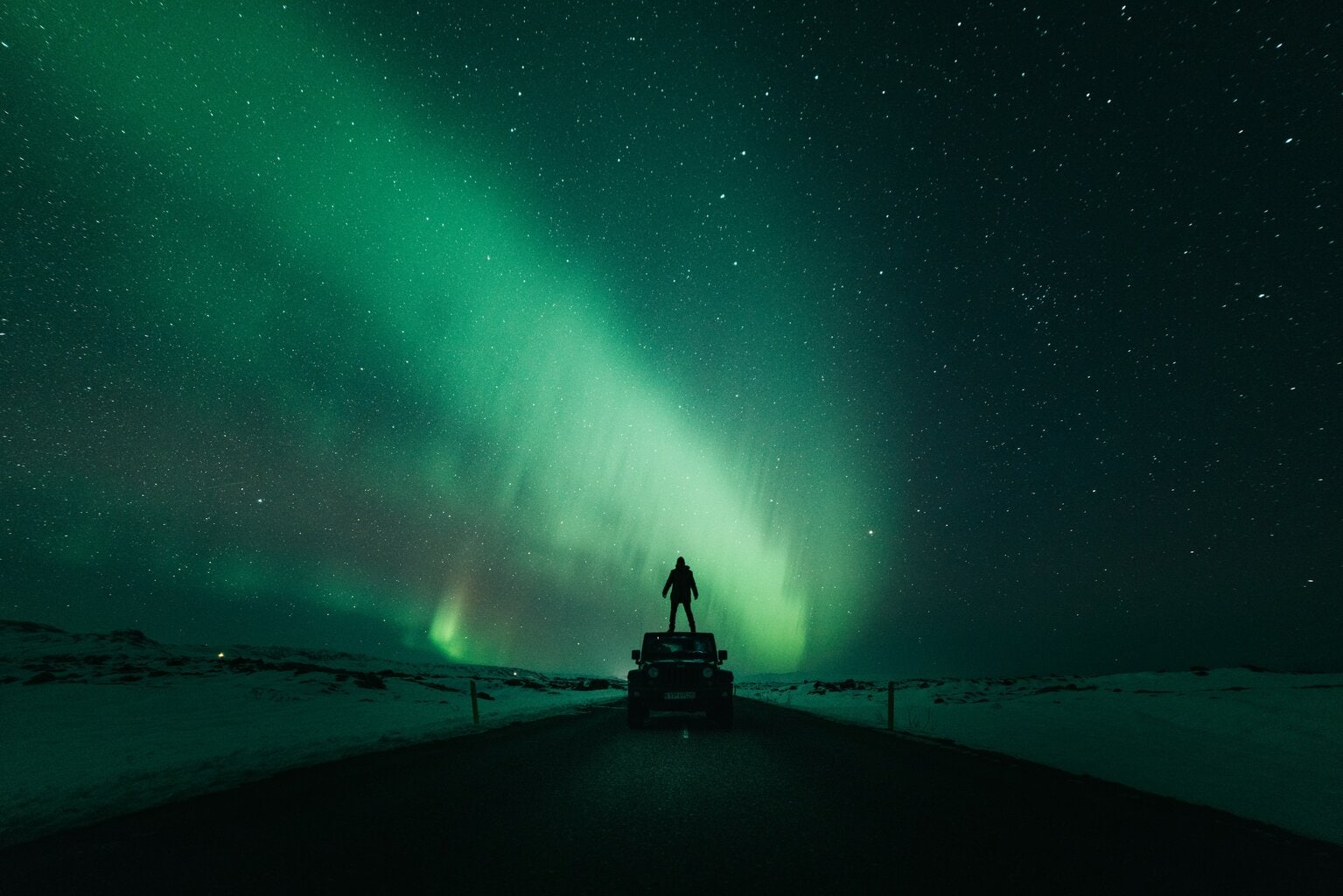
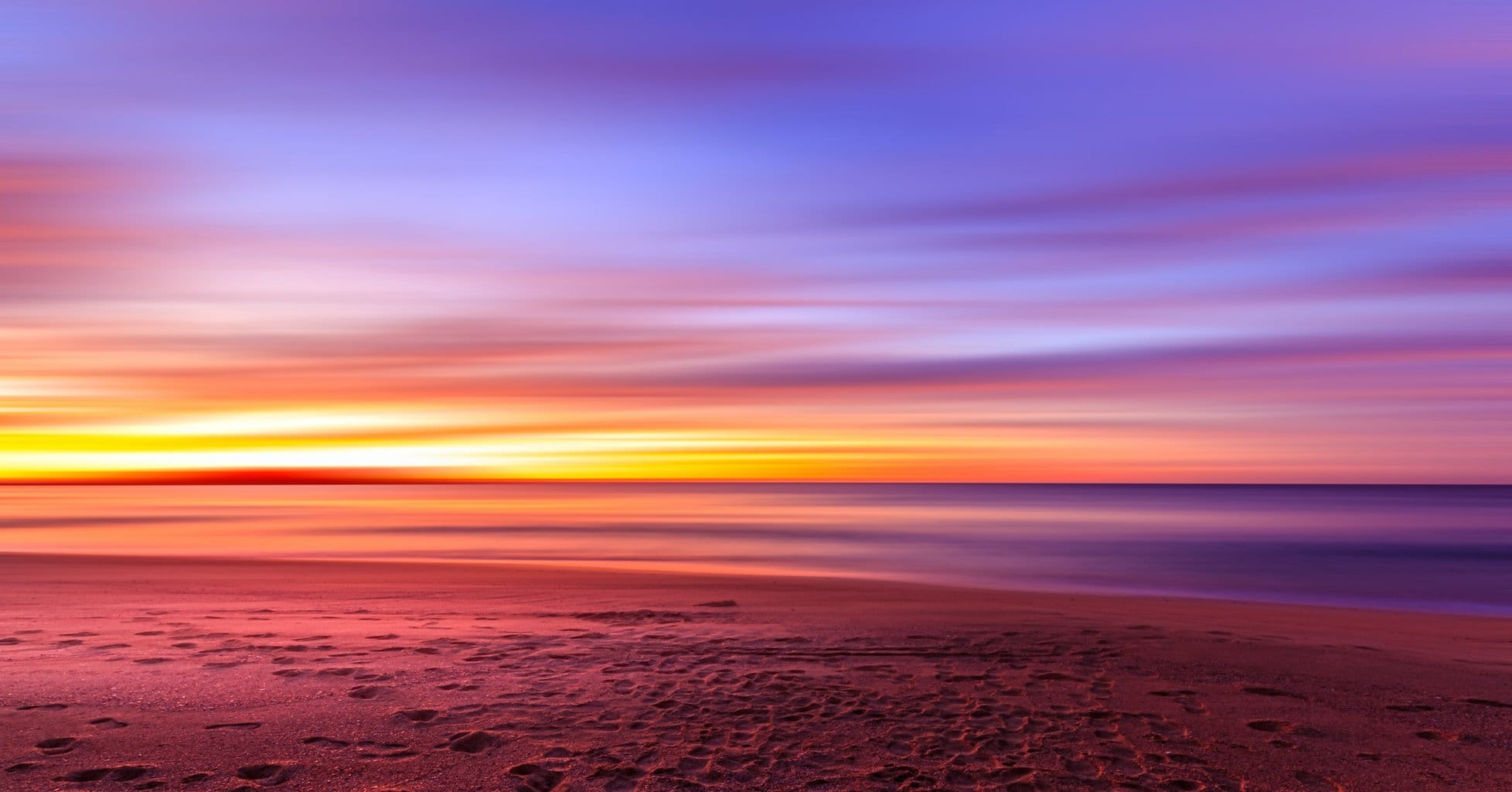
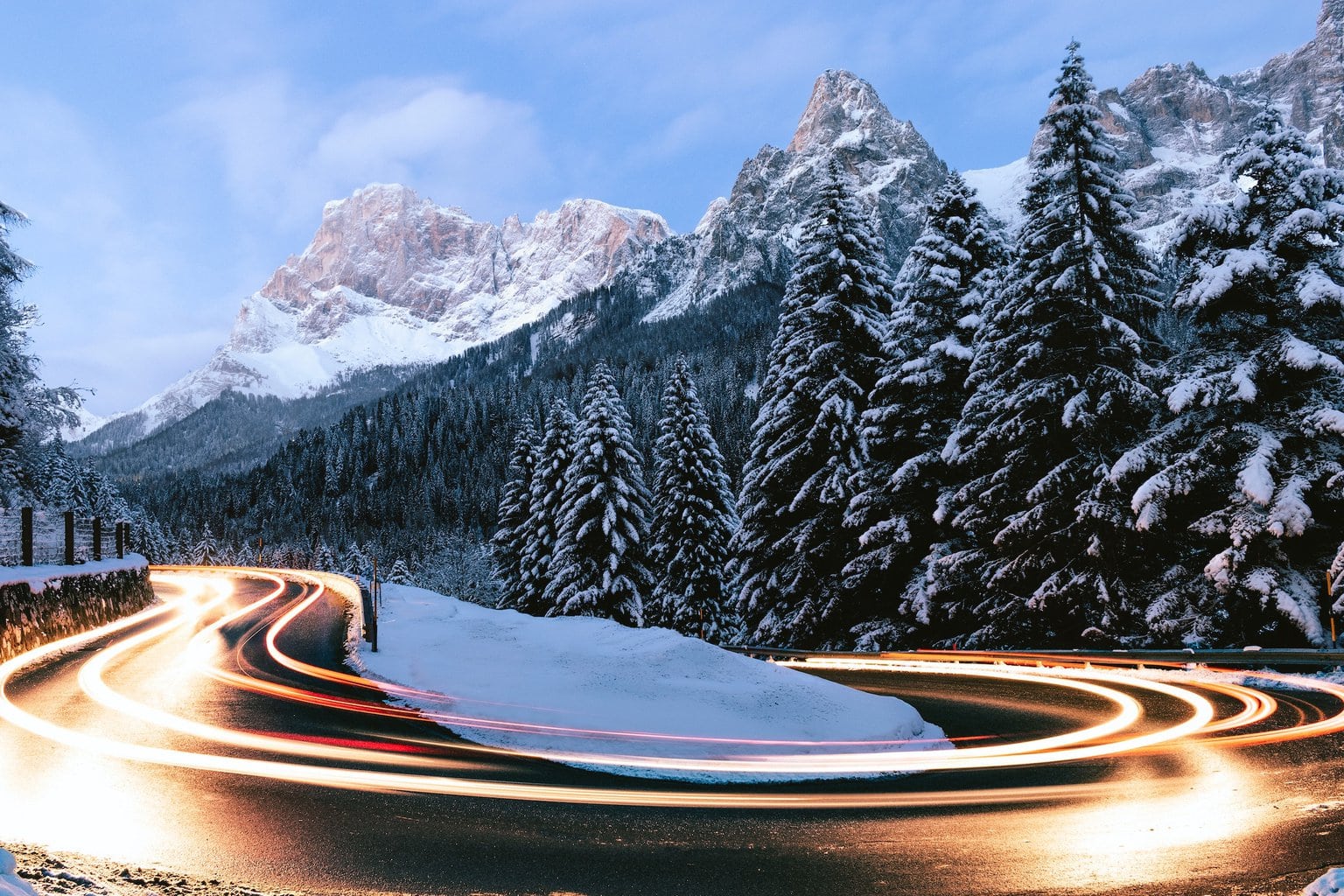
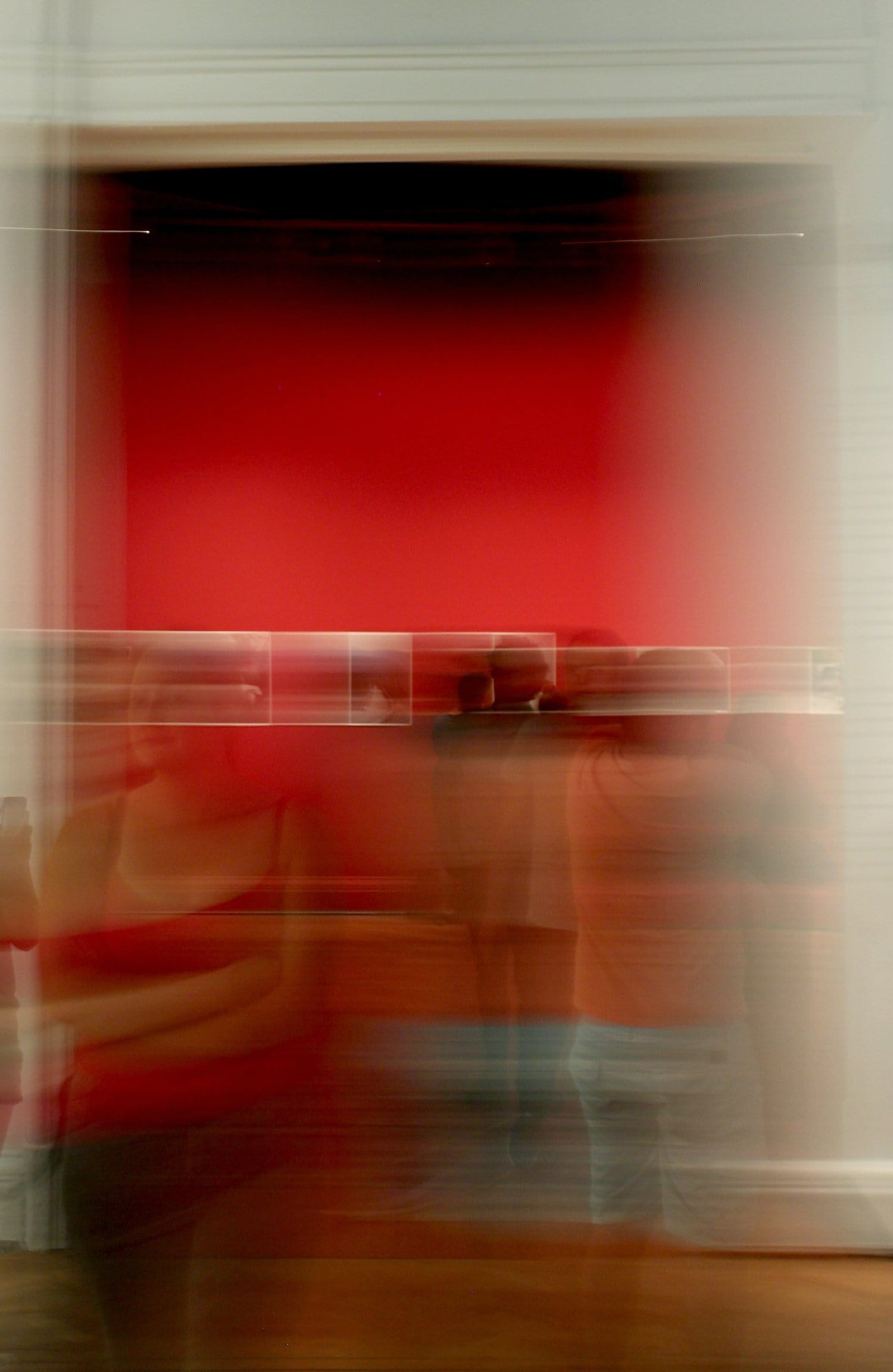
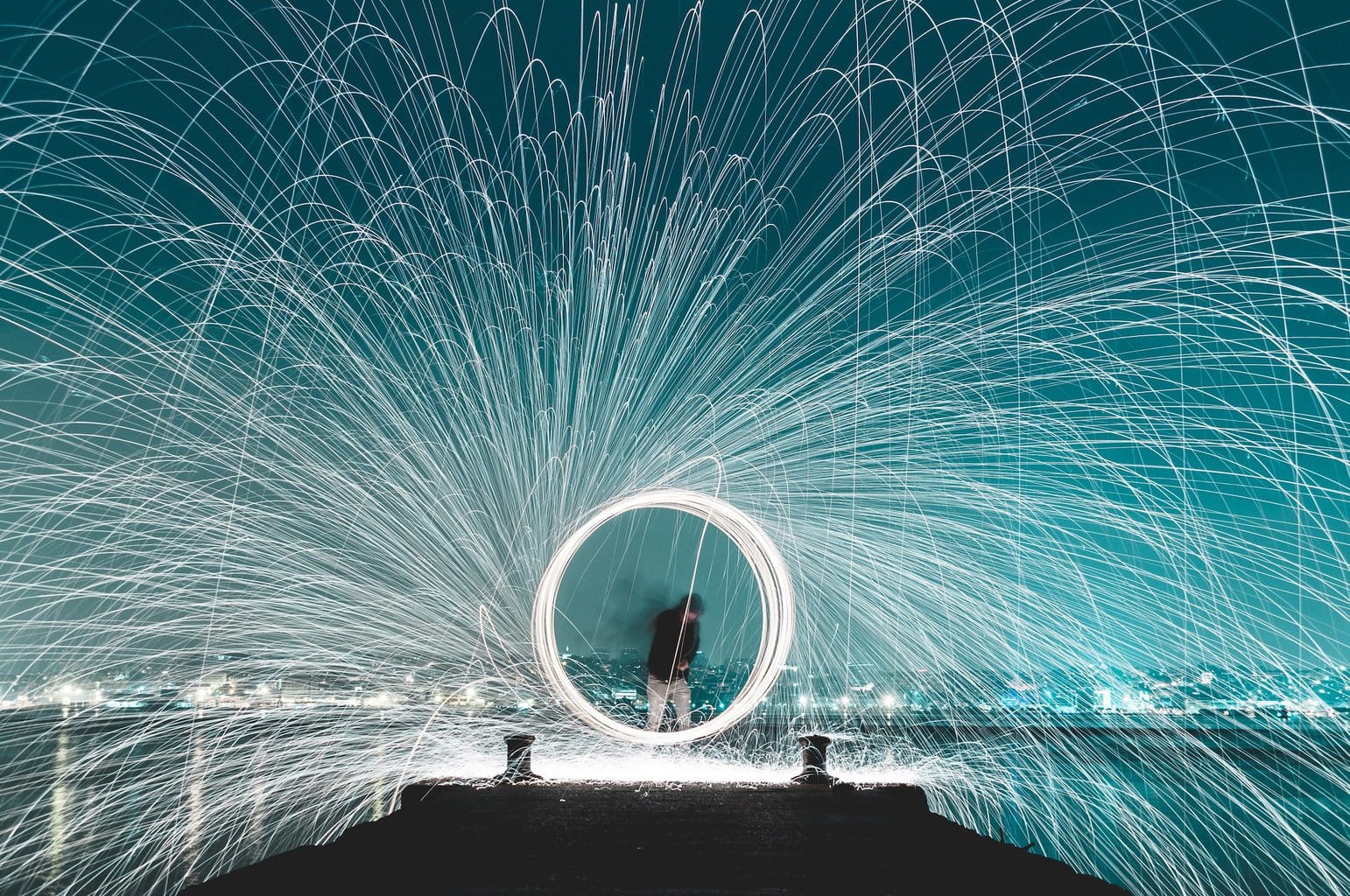
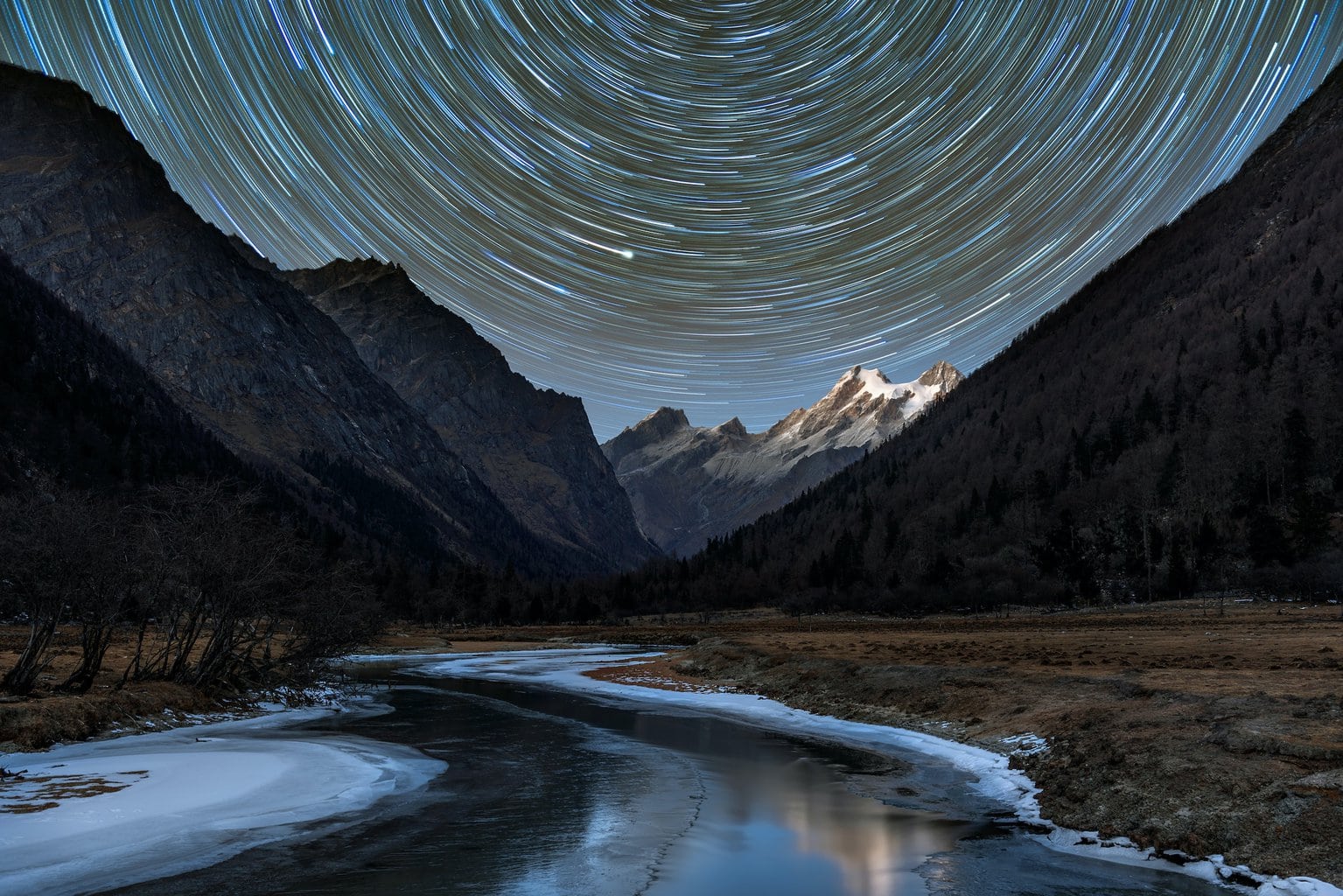
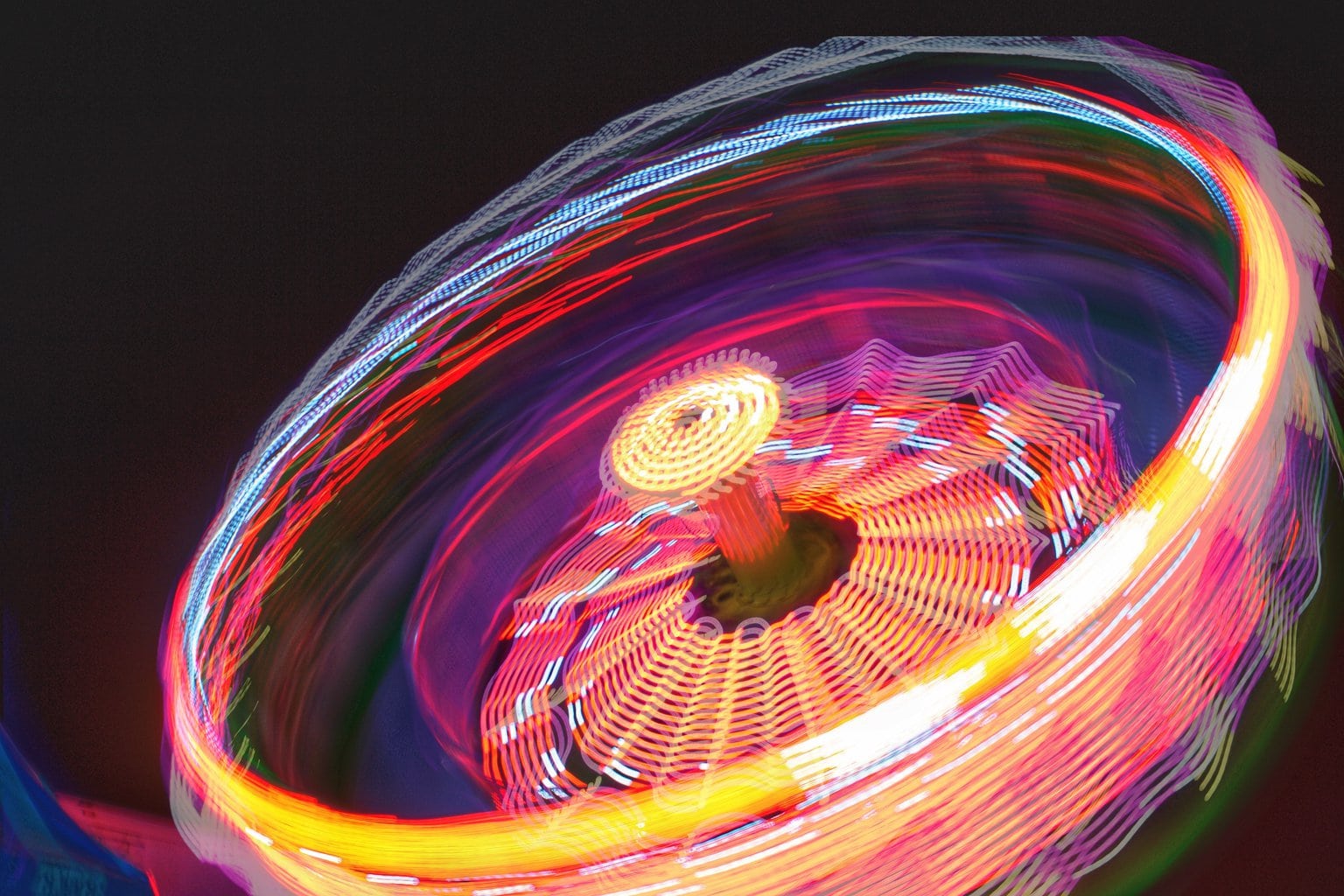
You like them? Have you ever looked at them with desire? Have you ever wondered how they are made? Have you ever wondered if the rest of us mortals who also have a digital SLR camera could one day get photos like this?
Don't be stunned by so many questions. Today I am going to explain the technique used to get photos of this type: long exposure photography.
I'll guide you through very simple and easy to understand steps, with hardly any jargon or jargon. Ready?
HOW LONG EXPOSURE PHOTOGRAPHY WORKS
The first thing you have to understand is how long exposure photography works. If you are a regular reader of the blog, you will know by now that the camera records (registers, catches, captures...) the photo in a fraction of a second.
The moment we press the shutter button, there is a device in the camera, known as a " shutter " that opens and closes in a small fraction of a second, allowing light to enter the sensor, thus recording the image inside. .
In this video I explain it in detail:
What would happen if that shutter could be kept open for a long time, for example 2 or 3 seconds?
Well, you would simply get a photo made up of everything that happened in those 2-3 seconds. Everything would remain captured and reflected in the photo, everything, one thing on top of the other.
LONG EXPOSURE PHOTOGRAPHY TUTORIAL: STEP BY STEP
Whether you have understood the previous section (hopefully so) or not, let's take action.
Don't worry, we'll get the picture even if we haven't fully understood how it works. Just stick to the steps .
STEP 1: CAMERA IN S/TV MODE AND HIGH VALUE IN SECONDS

Set the dial on your SLR camera to shutter speed semi-manual mode .
How is this achieved? If you have Nikon , put yourself in "S" mode and if you are from Canon , put yourself in "Tv" mode.
Now move the control wheel of your camera. You will see that there is a value that is altered.
That value has a format similar to 1/2000 or something like that (it can be 1/5000; or also 1/23; etc.). Well, we will lower that value little by little, little by little, until we reach 1″ (which would mean 1 second), and then we will continue turning the wheel until we reach 3″ seconds, 20″ seconds, or the number of seconds that we want.
In short, this step consists of simply placing ourselves in S (or Tv) mode and starting to turn the control wheel until we can display a value such as 8″ (seconds) or the number of seconds that we want.
The number of seconds at the moment does not matter. The important thing is to learn the technique. Once we master it, it is about experimenting and testing until we find the number of seconds that gives us the best result.
STEP 2: LOOK FOR STABILITY IN LONG EXPOSURE PHOTOGRAPHY
It is important that the camera does not move while you are taking the photos.
Here it is a long photo in time, which is going to be taken over many seconds, and therefore it is ESSENTIAL that the camera does not move so that we do not get a blurred image.
The best thing would be to get a well-anchored tripod, but if you can't, any stable surface that has no vibration or movement could also be used.
STEP 3: STEALTH SHOOT
We are interested in ensuring that the camera does not move in the slightest, not even that slight movement when we press the shutter button.
For this we are going to use a remote shutter release (with cable, with infrared) or, for those who do not have a remote shutter release, it can also serve as a solution to use the timer of the camera, of 2 seconds for example.
In this way, it will give us time to press the shutter button and move away so that when the camera begins to record the photo, we do not influence it with any vibration, however small it may be.
STEP 4: EXPERIMENT
It's impossible to get good long exposure photos without experimenting. No one has ever achieved a great long exposure photograph without experimenting and trying it several times before. Go experimenting.
Get the technique first. Once achieved, you will see that the result comes out but not in the perfect way ( shaky photo , too bright, too dark) so at that moment it will be time to perfect, improve, correct errors.
6 TIPS FOR GETTING BEAUTIFUL LONG EXPOSURE PHOTOS
- Don't waste time in the beginning trying to get long exposure daytime photos. You need a little darkness. Experiment at night. They can be done during the day, but for a beginner it is better to practice with night photos .
- The best long-exposure photos usually contain moving light objects: cars driving on a road , merry-go-round in motion, etc.
- Get inspired by the work of others on Flickr or other networks and online galleries. Search for the word “long exposure photos” .
- In addition to the light that "moves" in the photo, try to make the frame contain prominent elements: buildings, banners, drawings, screens, or even people, etc.
- Before starting a long-exposure photo session, make sure you have a well-charged battery. This technique consumes a lot of battery and you should be prepared.
- Most cameras allow a maximum of 30″ exposure time. However, you can go beyond that time, reaching several minutes if you wish, for which you will have to put your camera in Manual "M" mode.
DO YOU DARE WITH LONG EXPOSURE PHOTOGRAPHY?
What I like most about learning is practice . Everything you have read so far will not help you ANYTHING if you do not put it into practice. Do you dare to practice long exposure photography? If you get any "presentable" result, feel free to share it with us in the comments below

![LONG EXPOSURE PHOTOGRAPHY: THE ULTIMATE GUIDE [STEP BY STEP TUTORIAL]](https://photographychef.com/wp-content/uploads/2023/01/LONG-EXPOSURE-PHOTOGRAPHY.jpg)
